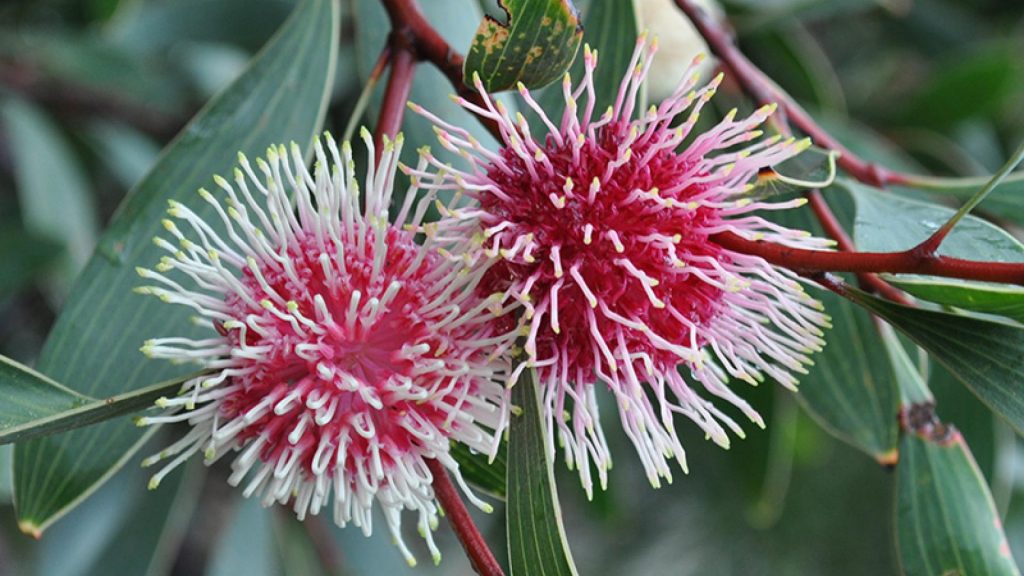Evolution of the modern landcare movement in WA

2023 marks 40 years since the ‘beginnings’ of the modern landcare movement in WA. The WA Landcare Network is working alongside First Nations community, community groups, WA Parliamentary Friends of Landcare, and the whole sector to facilitate a season of celebrations starting soon!
WALN recognizes and thanks First Nations people from around the State of WA for their custodianship and care for Country for millennia. Our members seek to listen deeply and learn, to exchange knowledge and practice and to work together to heal the landscape and all of our community.
No enduring movement is born overnight, and a lot had been happening around WA prior to 1983 in response to the degradation occurring in the environment. This 40th birthday year marks when WA entered the era of formalised landcare and pays tribute to all the actions that occurred around that time as the scourge of salinity was becoming more apparent and following years of dry and windy conditions in parts of the wheatbelt. The Soil and Land Conservation Act had been reformed in 1982, and in 1983 four government supported ‘Soil Conservation Districts’ with local committees were formed, the first, at East Perenjori, closely followed by Yilgarn, Gingin and Jerramungup.
Soon after the Western Australian Soil Conservation Service was established, and Soil Conservation District Committees, later called Land Conservation District Committees, sprung up across the State. By 1988, 60% of farmers and 90% of pastoralists were directly involved in community landcare. Isn’t that an amazing statistic!
Many of these involved several catchment groups working across each district. While all these initial District Committees were based on farming and pastoral land, there was also a significant number of urban and rural local nature focused groups operating at the same time, such as the Ongerup Conservation Organisation, the Environment Centres in several regions and the early ‘Friends of’ groups. And of course, First Nations peoples have always carried out cultural responsibilities managing and caring for the health of Country, with this becoming increasingly recognized by the landcare movement from the mid-1990s.
Today grassroots landcare is a rich mosaic that has grown from these different origins, and which connects with a range of similar efforts across Australia. Groups of all shapes and sizes caring for where they live sharing landcare stories which are rich and varied, just like our beautiful State. It’s about looking after the land, waterways, coasts and biodiversity, and most importantly, about the people who come together with a shared vision to restore and protect their local environments.
Landcare owes a great deal to traditional custodianship and to those early landcare adopters who stepped up and stayed there, breaking the utilitarian approach to land that dated back to when Europeans first arrived, and giving energy and passion to the beginnings of the broader movement we have today.
